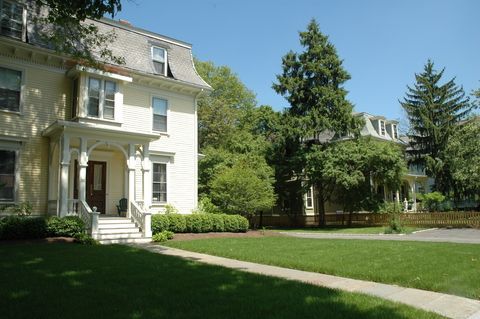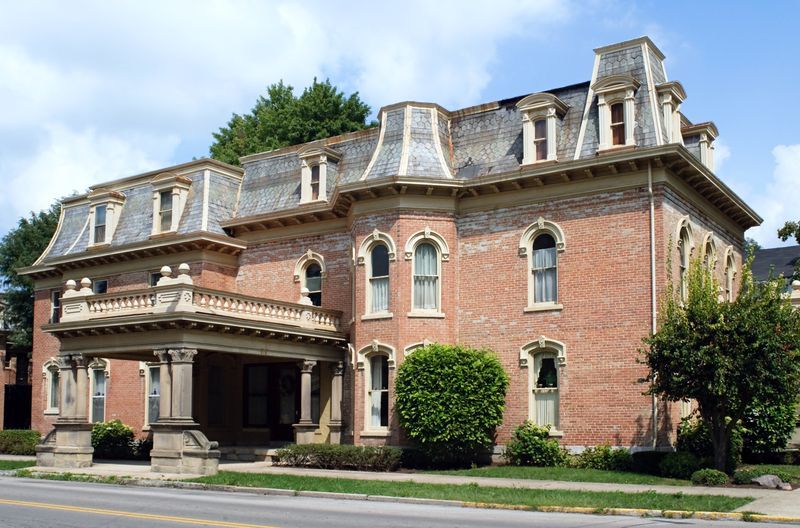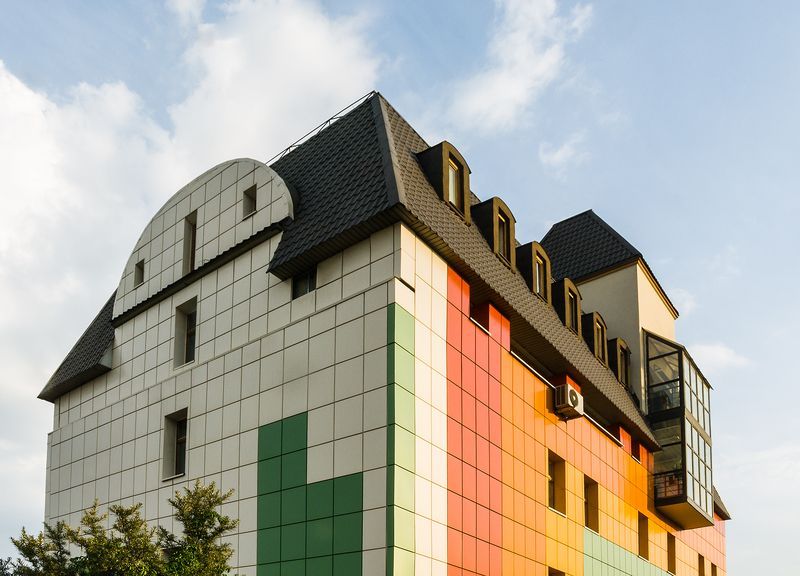Mansard Roofs
Timeless Architectural Design
The Mansard roof, with its distinctive double-sloped design, has left an indelible mark on architectural history. It was named after the French architect François Mansart, who popularized the style in the 17th century. This iconic roof has graced countless historic buildings and continues to be admired for its elegance and versatility. In this exploration, we will dive into the rich history and versatile applications of the Mansard roof.
A Glimpse into the History of the Mansard Roof
The Mansard roof is often associated with the grandeur of the French Baroque and Second Empire architectural styles. However, its origins can be traced back to the Renaissance period when François Mansart introduced it as a variation of the traditional hipped roof. Mansart's genius lay in his ability to adapt and refine architectural elements and the Mansard roof became one of his signature innovations.
Design Characteristics of the Mansard Roof
The Mansard roof is characterized by its distinct double-pitched design with the lower slope being steeper and often nearly vertical while the upper slope is much gentler. This dual-slope configuration creates additional living space within the attic, making it a practical choice for expanding living quarters in densely populated urban areas.
One of the defining features of the Mansard roof is its use of dormer windows. These windows project from the roof's surface and allow natural light to flood the attic space enhancing the overall aesthetic. The dormer windows also provide ventilation, making the attic more habitable.
Applications of the Mansard Roof
The versatility of the Mansard roof is evident in its various applications:
Residential Homes:
The Mansard roof gained popularity in residential architecture during the 19th century because of its ability to maximize attic space which made it ideal for large townhouses and grand estates. Many historic mansions in Europe and the United States feature Mansard roofs.
Commercial Buildings:
The Mansard roof's aesthetic appeal and practicality extended to modern commercial buildings. It became a prominent feature on hotels, government buildings, and urban structures by adding a touch of opulence to cityscapes.



Second Empire Style:
The Second Empire architectural style, which was prevalent in the mid-19th century, embraced the Mansard roof as a defining characteristic. Buildings designed in this style, such as the Louvre in Paris and the Opera Garnier, showcased the Mansard roof's majestic allure.
Modern Revivals:
While the Mansard roof is often associated with historical architecture, it has experienced revivals in modern construction. Many architects and designers continue to incorporate variations of the Mansard roof into contemporary homes and commercial buildings by combining its classic charm with modern functionality.
The Enduring Legacy of the Mansard Roof
The Mansard roof's enduring appeal lies in its timeless elegance, functional design and adaptability. Its ability to transform attic spaces into usable rooms has made it a favorite among homeowners seeking to maximize their living space without compromising architectural style.
Today the Mansard roof stands as a testament to François Mansart's architectural innovation. Its very presence on historic landmarks and modern structures alike serves as a reminder of its enduring legacy in the world of architecture. As we continue to appreciate and preserve historic buildings with Mansard roofs, we also celebrate its continued relevance in contemporary design while ensuring that this iconic roof style remains an integral part of architectural history.
Call Us today at (330) 597-9972 for a free quote. You'll be glad you did!
Working Hours
- Mon - Fri
- -
- Sat - Sun
- Closed
